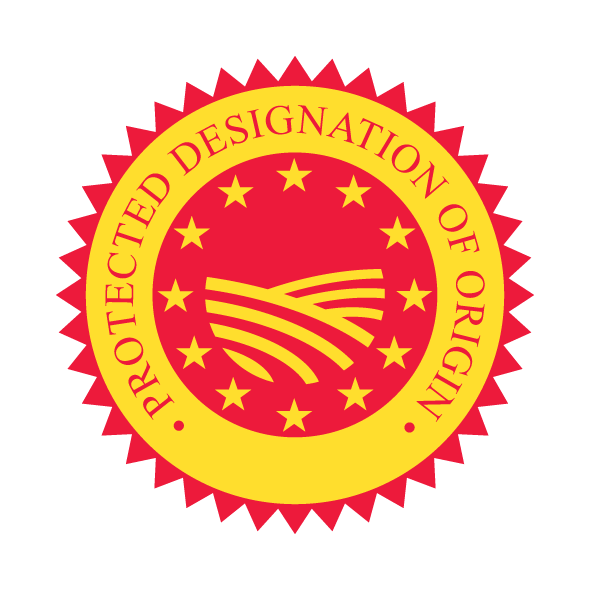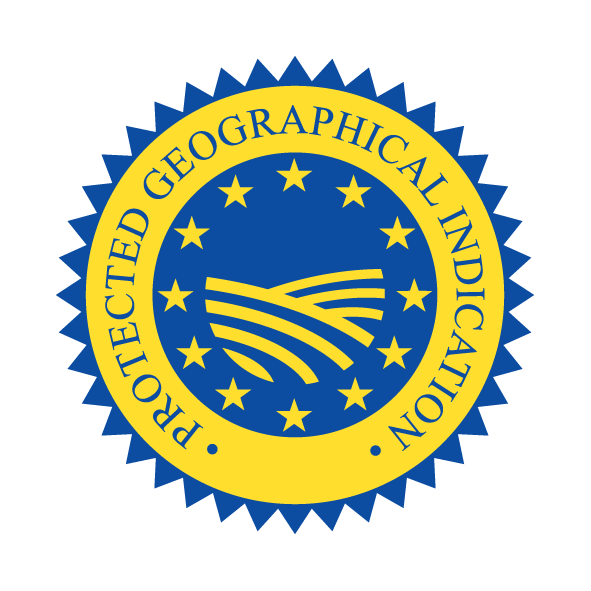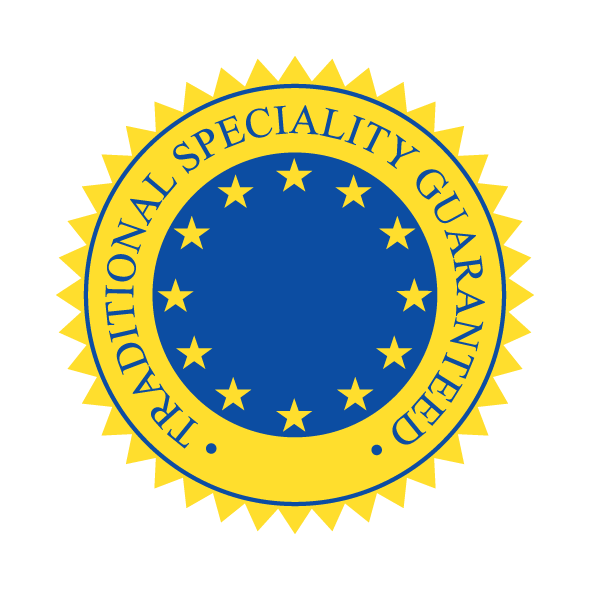When you think about typical Dutch foods, stamppot, cheese and frikandel probably spring to mind. But there are also a few foods that are strictly Dutch, falling under the European Union PDO, PGI and TSG schemes that protect the reputation of regional foods.
The European Union quality schemes for agricultural products and foodstuffs first came into force in 1992. The purpose of the law is to protect the reputation of regional foods, help ensure producers receive a fair price for their authentic products, and stop the misleading of consumers by non-genuine products being sold under the same name. These laws protect the names of wines, cheeses, hams, sausages, seafood, olives, olive oils, beers, balsamic vinegar, regional breads, fruits, raw meats and vegetables.
There are three schemes that products can fall under and receive protected status:
- PDO – protected designation of origin.
The entire product must be traditionally and entirely manufactured within a specific region. - PGI – protected geographical indication.
The entire product must be traditionally and at least partially manufactured (prepared, processed or produced) within a specific region. - TSG – traditional specialities guarantee.
The product must be of “specific character” and either its raw materials, production method or processing must be “traditional”.
The Netherlands currently has 15 foodstuffs protected by these schemes:
Brabantse Wal asperges, PDO, registered in 2016
Dutch white asparagus grown in the area of Bergen op Zoom in Brabant. Its unique flavour comes from the pure groundwater that runs underneath the Kalmhoutse and the salty sea wind blowing in from Zeeland.
Hollandse maatjesharing, TSG, registered in 2015
While the herring themselves are not Dutch, the way it is processed and pickled has been given TSG status. The young herring is gutted and salted with its pancreas left in place.
De Meerlander, PGI, registered in 2015
A potato developed and grown in Haarlemmermeer in Noord Holland.
Hollandse geitenkaas, PGI, registered in 2015
Cheese produced using Dutch goat’s milk.
Suikerstroop, TSG, registered in 2014
This thick sugary syrup is traditionally served on pancakes, a bit similar to Maple Syrup.
Basterdsuiker, TSG, registered in 2013
A type of caster sugar, it is produced in the Netherlands using a unique production process that uses the waste product of sugar production.
Gouda Holland, PGI, registered in 2010
One of your traditional Dutch cheese. Germany also produces a ‘Gouda’ cheese, so the solution for the PGI was to call it Gouda Holland.
Edam Holland, PGI, registered in 2010
One of your traditional Dutch cheese. Germany also produces an ‘Edam’ cheese, so the solution for the PGI was to call it Edam Holland.
Boerenkaas, TSG, registered in 2007
A Dutch cheese that is made by hand from raw milk.
Westlandse druif, PGI, registered in 2003
Grown in the province of Zuid Holland, this grape has its own theme park.
Kanterkaas, PDO, registered in 2000
This cheese is produced in Friesland and the Westerkwartier, part of the Groningen province. The cow’s milk used to produce the cheese comes from cows fed with high quality grass grown in the area.
Boeren-Leidse met sleutels, PDO, registered in 1997
A Dutch cheese. The ‘sleutels’ refer to the keys imprinted on the reddish rind of the cheese. It is from the Leiden region only and is made using skimmed cow’s milk.
Opperdoezer Ronde, PDO, registered in 1996
A knobbly, pale potato, with a thin skin. It is grown around the town of Opperdoes in the province of Noord-Holland.
Noord-Hollandse Gouda, PDO, registered in 1996
Noord-Hollandse Edammer, PDO, registered in 1996
Want to see full list, visit the European Commission’s website for agriculture and rural development.
 +31 (0)50 367 71 97
+31 (0)50 367 71 97  info@connect-int.org
info@connect-int.org


